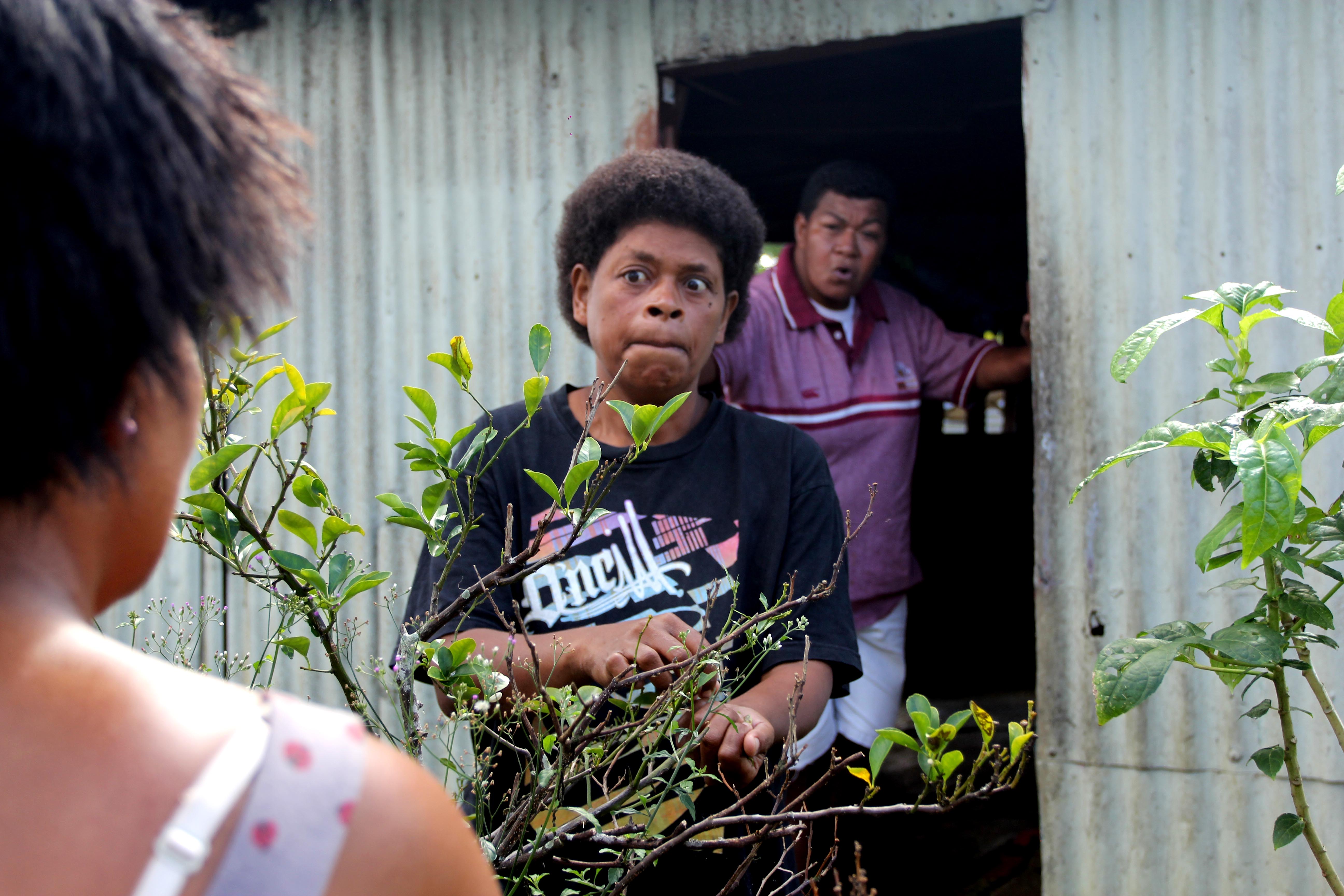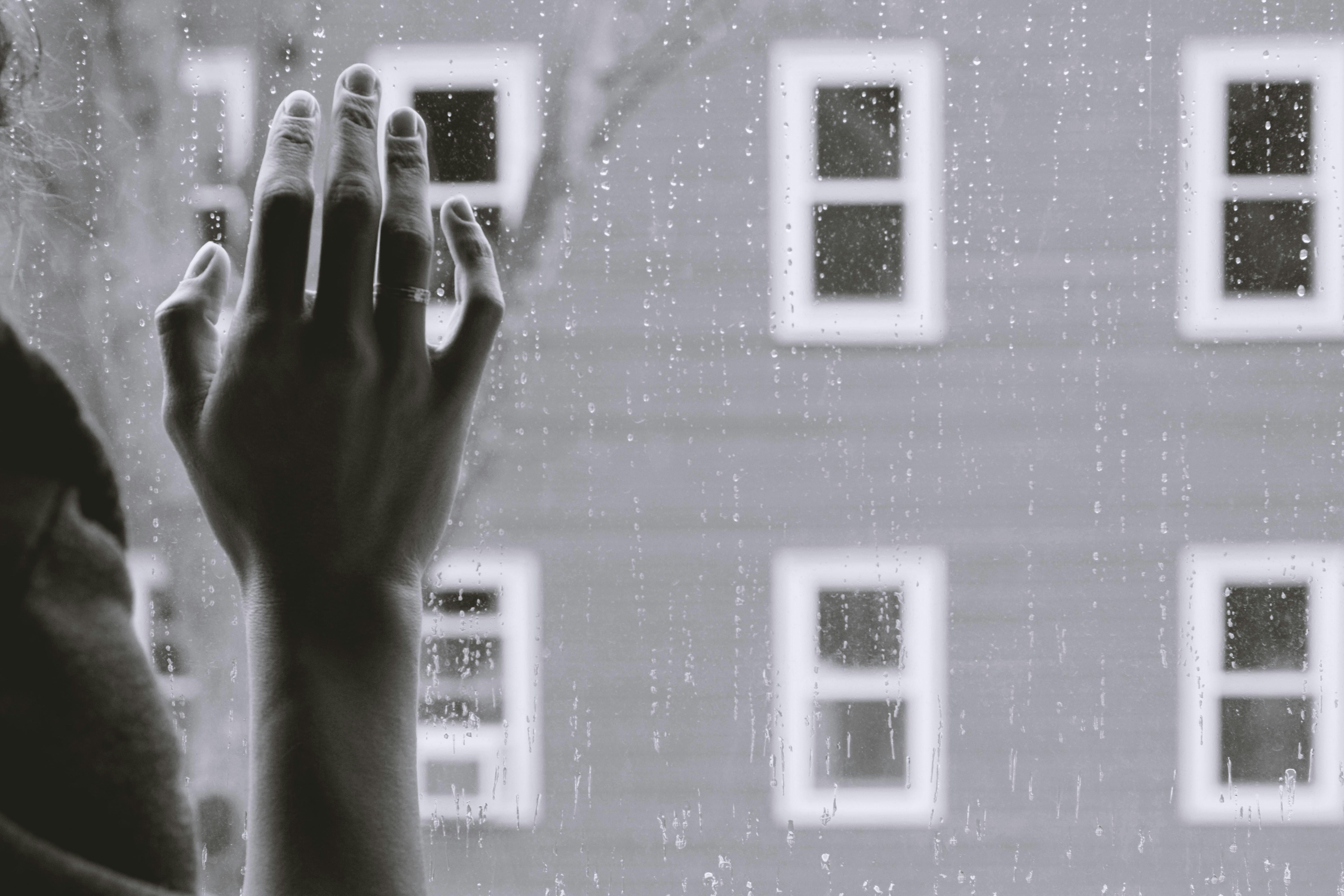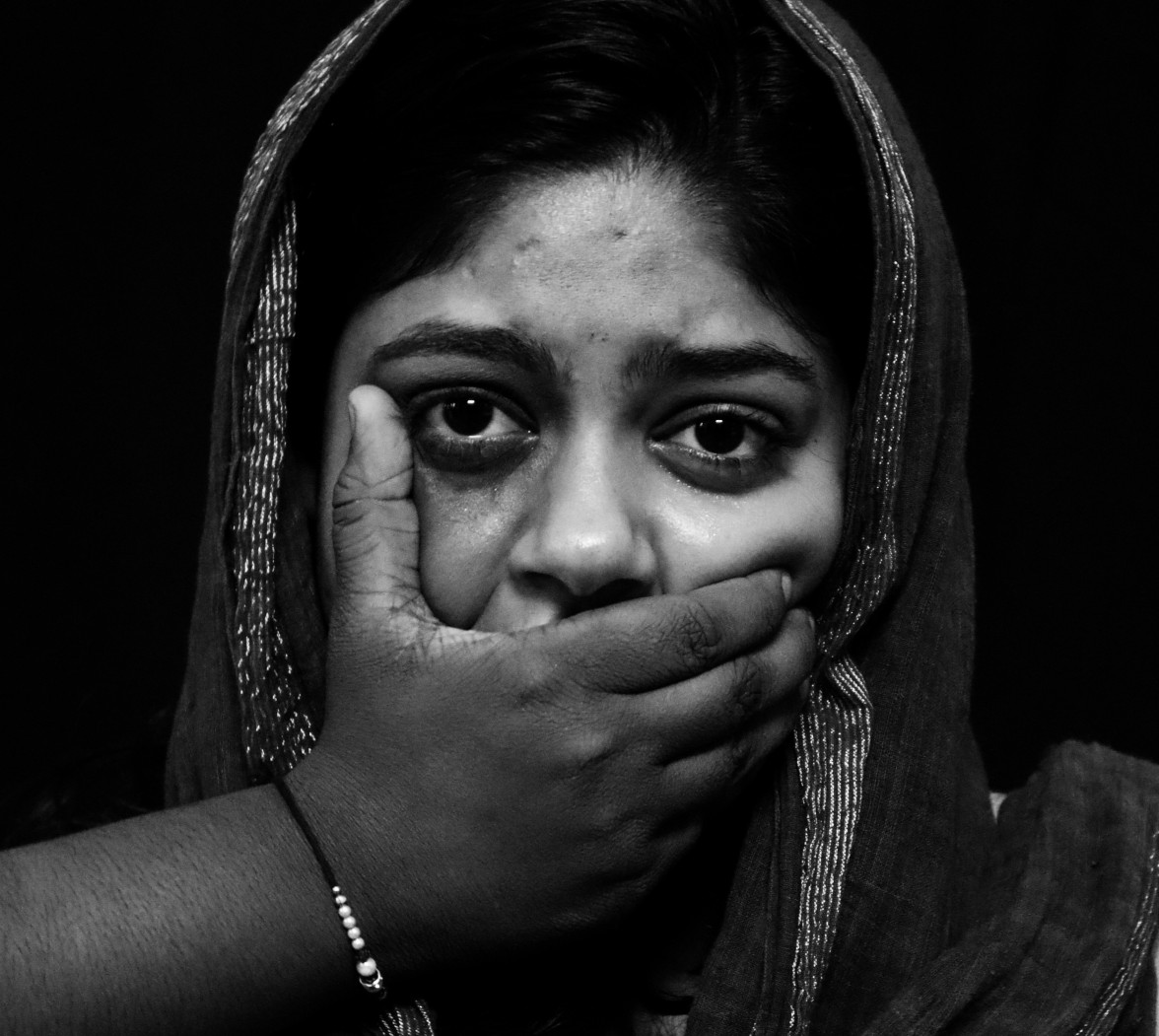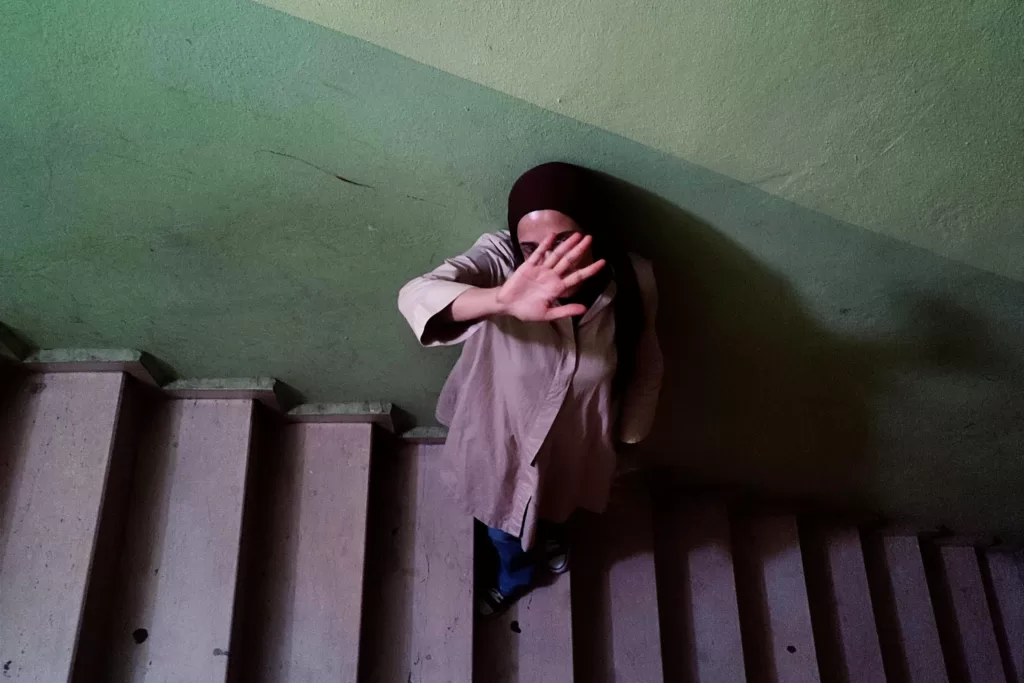Asking women about the relevance of rules on gender violence can help confront this issue. Stronger laws on their own just don’t cut it.
 This image was one of a series featuring SFijian actors to illustrate stories about situations that can trigger gender violence in families. : Ali Rae CCBY4.0
This image was one of a series featuring SFijian actors to illustrate stories about situations that can trigger gender violence in families. : Ali Rae CCBY4.0
Asking women about the relevance of rules on gender violence can help confront this issue. Stronger laws on their own just don’t cut it.
“Look. It’s like a prison inside,” a young working woman told a researcher in the Fijian capital Suva.
The woman, Kuini*, was referring to a photograph of two women talking. One was standing under the doorway of her village home, a man watching them intently from inside the house. A scowl on his face, eyebrows furrowed — anger directed at the women.
The photograph was one of a series about the situations that can trigger gender violence in families or the broader community.
The series, shot in and around Suva and featuring local actors, was prepared with a local theatre group.
The photographs were then used in research with almost 300 women from Fiji, Bougainville and Kanak communities in New Caledonia, to explore how rules on gender violence operate in their communities.
Women from Pacific Islands nations live with extreme insecurity. It is estimated two in three women and girls will experience violence from an intimate partner across their lifetimes.
In the last decade many Pacific states have enacted legal reforms on this issue – but with limited impact.
It is often assumed stronger law and order responses will be the key to reducing violence. Yet this ignores the challenges surrounding effective implementation of these laws and, equally, the views women themselves hold about rules that promise to uphold their security.
The problem is that women’s authority in identifying and enforcing rules is often unrecognised.
State law, customary protocols and faith based systems of rules interweave like the strips of a pandanus in a mat in many Pacific societies.
Just this month, for example, it was reported that Bible verses were being misinterpreted by some Pacific men – for example, to highlight narratives about “women submitting to men” – in order to justify domestic violence.
Regulatory authority was more evenly distributed between men and women in Pacific societies before European contact. But colonial administrators and church missionaries introduced new systems of rules that increased men’s authority to make rules over the lives of women. This deprived women of the authority to be viewed as rule-makers in their own right.
Over time, gendered rules of familial servitude, patriarchal obedience and feminine humility became dominant. Today, these rules influence how laws on gender violence are implemented by the state and judiciary.
In all three locations, police agencies tend to treat gender violence as a “domestic issue” and a less serious law and order concern than other areas of enforcement. In Bougainville this has resulted in scarce police resources being diverted away from the issue, a particular challenge in the territory’s many remote and rural areas, impeding police capacity to implement family protection orders.
In Fiji, policing has sometimes been overtly influenced by conservative Christian teachings on morality, as during the 2008-09 “Souls to Jesus” policing campaign.
During this period, police officers were inclined to ignore law reforms that obligated them to investigate women’s complaints of violence, instead counselling them to reflect on their own behaviour and act in ways that uphold the integrity of their marriage and their families.
Christian ideals about the sanctity of marriage continue to shape police responses outside this period and help to explain why so few cases of gender violence end up in court.
Even where cases do go to trial, the influence of local practices and customs can shape how justice is delivered to women.
Judges in Fiji frequently reduce sentencing for those found guilty of gender violence if they have participated in customary (“i-soro”) reconciliation processes. These are customary dispute mediations that commonly require perpetrator atonement (through exchange of customary goods) to settle grievances.
They have been criticised by gender violence activists in Fiji as an affront to gender violence justice. Activists say these approaches are too lenient and privilege the restoration of community relations with the perpetrator over redress to the women they have harmed.
Although consideration of i-soro in judicial sentencing was repealed in 2009 in Fiji, it continued to be mentioned as a mitigating factor in 40 percent of all court cases on gender violence heard in the following decade.
In New Caledonia, male Kanak leaders also prefer to frame their responses to gender violence within custom and faith considerations, arguing that women are “Kanak before they are victims”.
While Kanak distrust of state police helps to explain why these solutions are preferred, sole reliance upon clan and cultural connections as critical supports can that mean in practice, women only receive temporary respite care before facing pressure to return to their, potentially unsafe, family environment.
This evidence suggests how interweaving rules — customary, faith-based or state laws — can be prejudicial to women in Pacific nations who are at risk of gender violence.
Yet, there is more to this picture than is at first apparent.
When asked about the safety of the women depicted in the photographs mentioned above – and the rules that might increase their safety – study participants not only mentioned how rules are restrictive to them, but also identified rules of custom, culture and practice that, in their opinion, should provide women with security and allow them to resist violence.
These were respectful relations and reciprocity between women and men in family life, and a rejection of gendered hierarchies.
For example, in response to an image showing a male partner’s displeasure where a woman was resting rather than completing household tasks, large numbers of women challenged the relevance of rules of gendered servitude and instead focused on rules of gendered reciprocity.
They argued for rules that upheld partnership and sharing within households. Some argued that men and women need to “help each other” and the importance of men putting “themselves into their wives’ shoes”. Others said men should have “humility” and show “commitment” to their partners in these circumstances, and commented that any show of anger was “wrong”.
Study participants’ reflections on the rules that supported women’s safe participation in decision-making meetings within the community were equally revealing.
While some participants argued this type of activity challenged norms of gendered subservience and might see women reprimanded or even exposed to violence, there were others who roundly challenged this view.
They argued better decisions are made when “different people [speak with] different ideas” and that the village should “accept and respect this”. One respondent mocked men who could not accept this sort of participation, laughingly describing them as the “heroes of the patriarchy”.
Understanding the complex ways in which rules on gender and gender violence are made, interpreted and implemented in the Pacific paves the way to examining where women themselves have the capacity to define and assert rules that will make them safe when violence threatens.
Community, family and household-based rules may be much more relevant and closely followed in these women’s lives than state law.
To understand how, we need to spend more time listening to Pacific women’s own assessments of the content and value of rules on gender violence, and make their views better recognised and better understood.
*Name changed for privacy reasons
Nicole George is an Associate Professor in the School of Political Studies at The University of Queensland. She has researched gender, conflict, violence, peacebuilding and regulatory practice for over 20 years, learning alongside women in the Pacific Islands. She is the author of forthcoming book Between Rights and Rightfulness: Regulating Gender Violence in the Pacific Islands (Oxford University Press, 2024).
This report has been republished as part of a series on gender violence. It was first published on March 3, 2023.
Originally published under Creative Commons by 360info™.














